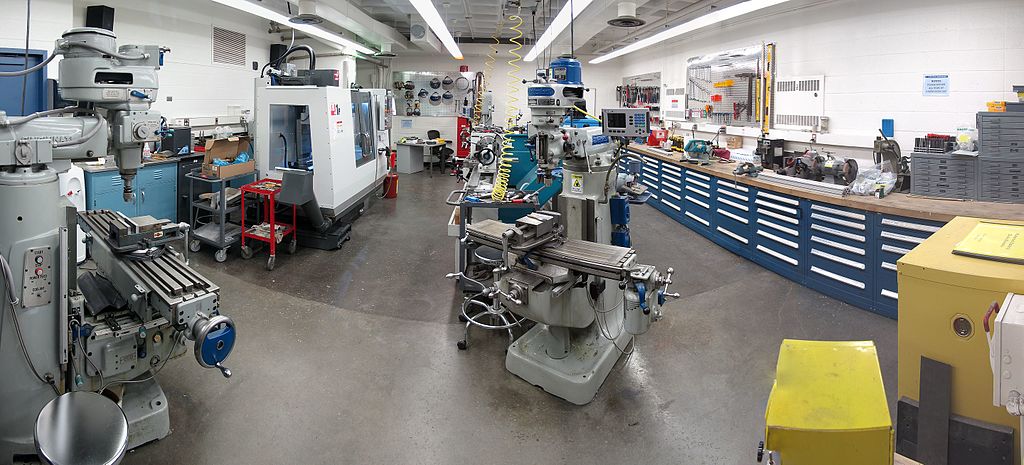22 Mar The Right Tool for the Right Job
The Right Tool for the Right Job We are seeing the construction industry become more and more sophisticated with new construction techniques. However, in residential construction, the same tools that were used fifty years ago are used today although with some improvements. One way to get injured on the job is using the wrong tool for the job. Two important points to remember when using hand tools is the selection of the tool for the job and the use of the tool for the job. Guide for Discussion Some key points to remember: Misuse Resulting From: Ignorance. Poor attitudes. Production demands. General Points: Keep your...











